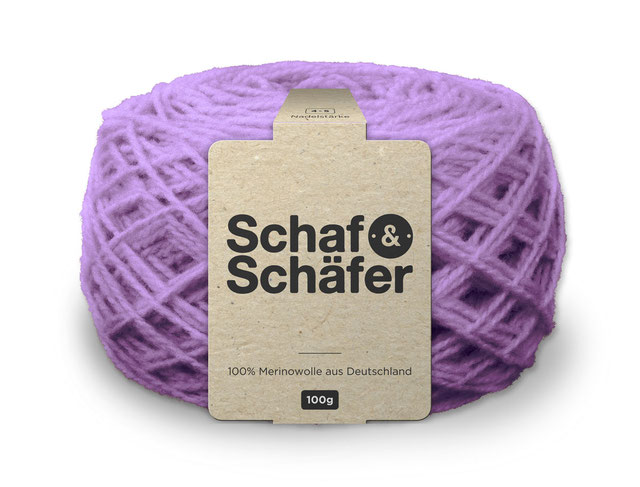For today’s stop on the Wovember Words EU tour we are in Germany where the word for sheep is Schaf and the word for wool is Wolle. We’ve had some help from our friends with this post; Nadine who is managing the Wovember online pattern swap in the Wovember Ravelry group sent us some amazing information about Nordwolle while @frisabiknits got in touch via Twitter to tell us about Schaf&Schäfer. We also found a lovely blog post full of photos of the Coburg Foxsheep (which we featured on Wovember last year in this gorgeous post by Nadine); and couldn’t help noticing that Joanne (who is bringing you a weekly crop of #Wovember2016 posts from instagram each Sunday) has been celebrating the Alpines Steinschaf (which we featured here as our sheep of Austria, but which also live in Germany)…
…In summary, great stuff is happening with German wool about which many of you have been telling us, so today’s post is a kind of round up of good woolly news, or, if Google translate is to be trusted: Runde von guten Wollmeldungen!
[We found those very slippers here!]
German wool businesses learning from the food sector…
Sustainable production systems, the use of local resources, and products with a story of provenance have become increasingly prominent in the food industry. Happily, it seems that similar trends are starting to take hold in the wool and knitting industry too. In this Organic food shop, wool from Coburg Foxsheep (Coburger Fuchsschaf) is sold alongside vegetables grown on the same land. Traceability and sustainability are intertwined on this farm where everything that grows is celebrated, and where it’s possible to visit and watch the animals and the plants, and to better understand and enjoy the origins of this magical, fox-coloured yarn. On a small scale, this local initiative re-frames wool in a very special way that highlights its role as a local product – a sheep of the region, which is of course Coburg.
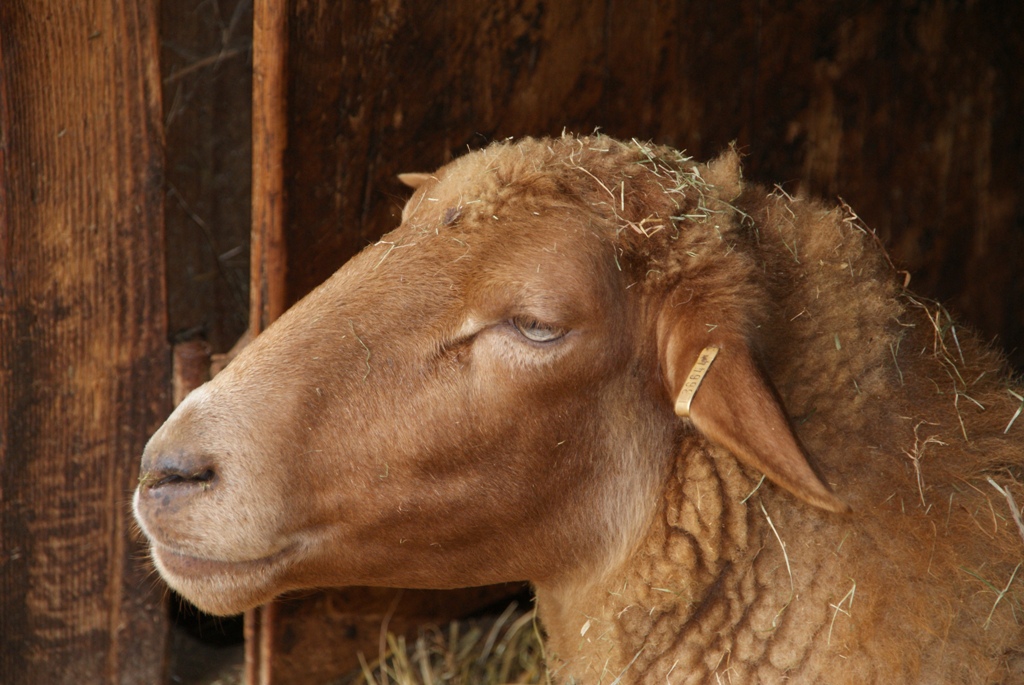
Other business initiatives exist with specific aims to preserve and promote regional sheep breeds once common but now endangered; and to
utilise the fleeces of these animals in order to preserve the textile industry on a national and local level. Today on Wovember we’re highlighting some such initiatives: Nordwolle – working with the fleeces of the Pommerian Coarsewool sheep; Schaf & Schäfer – working with German Merino wool (Merinolandschaf); we’ll also talk a bit about Kollektion der Vielfalt – “an initiative for the preservation of endangered domestic animals”.
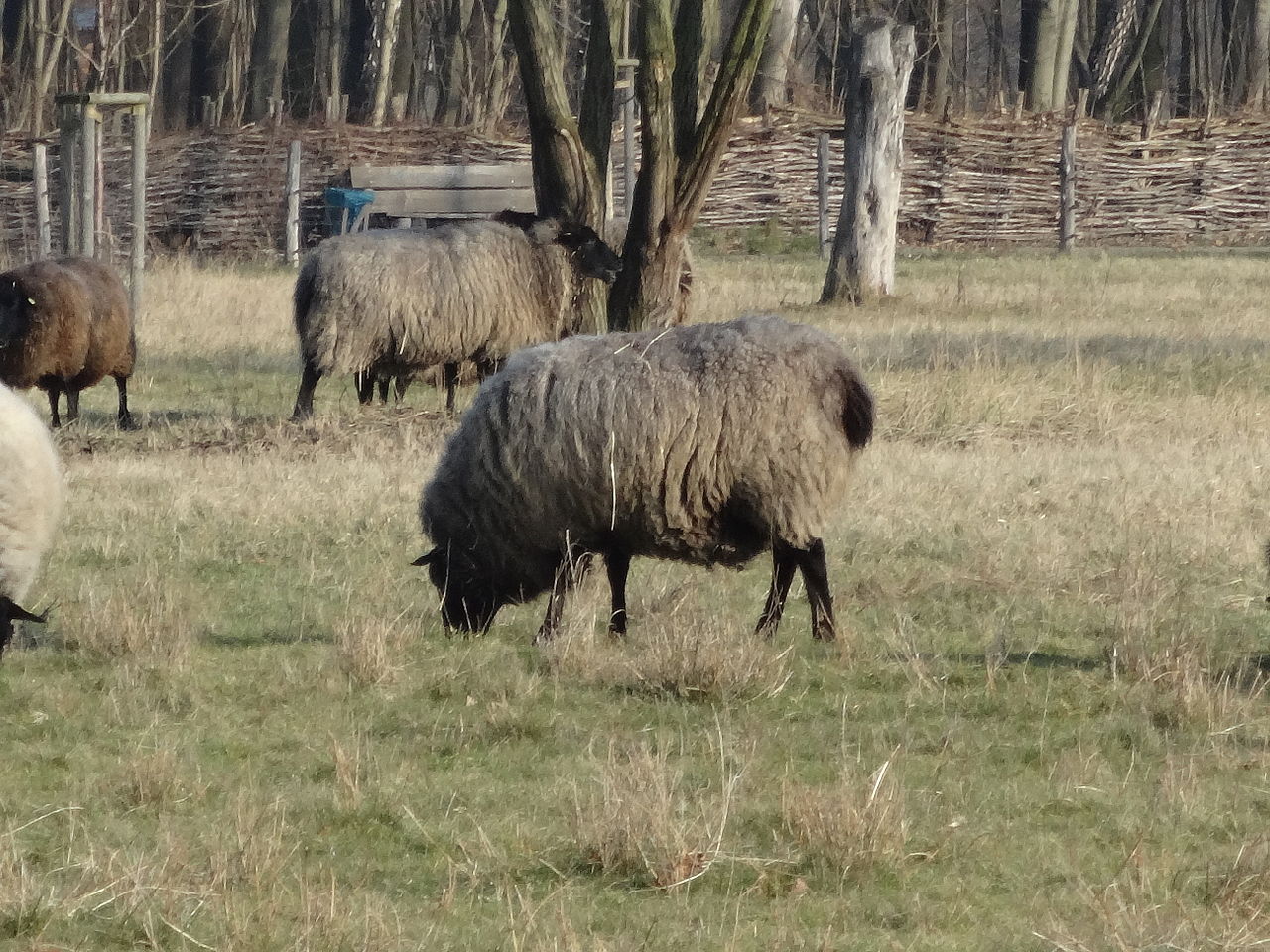
Nordwolle – using the fleeces of Pommerian Coarsewool sheep to produce locally made, durable outdoor clothing
The Pommeranian Coarsewool sheep (Rauhwolliges Pommersches Landschaf) is one of the oldest sheep breeds in Germany (it’s been around since the iron age) and is native to the coastal areas around the Baltic Sea. Once very common especially in the north of Germany, it is now endangered with a population of only about 4,000 sheep. Lambs are born with a very dark coat which gradually changes to a light grey. The fleece of this hardy sheep ranges around 30 to 40 micron with colours from a dark bluish grey to lighter greys and browns. Like most sheep breeds in Germany it is not primarily bred for its wool but the fibre is both reasonably soft and hard-wearing, perfect for outer wear!
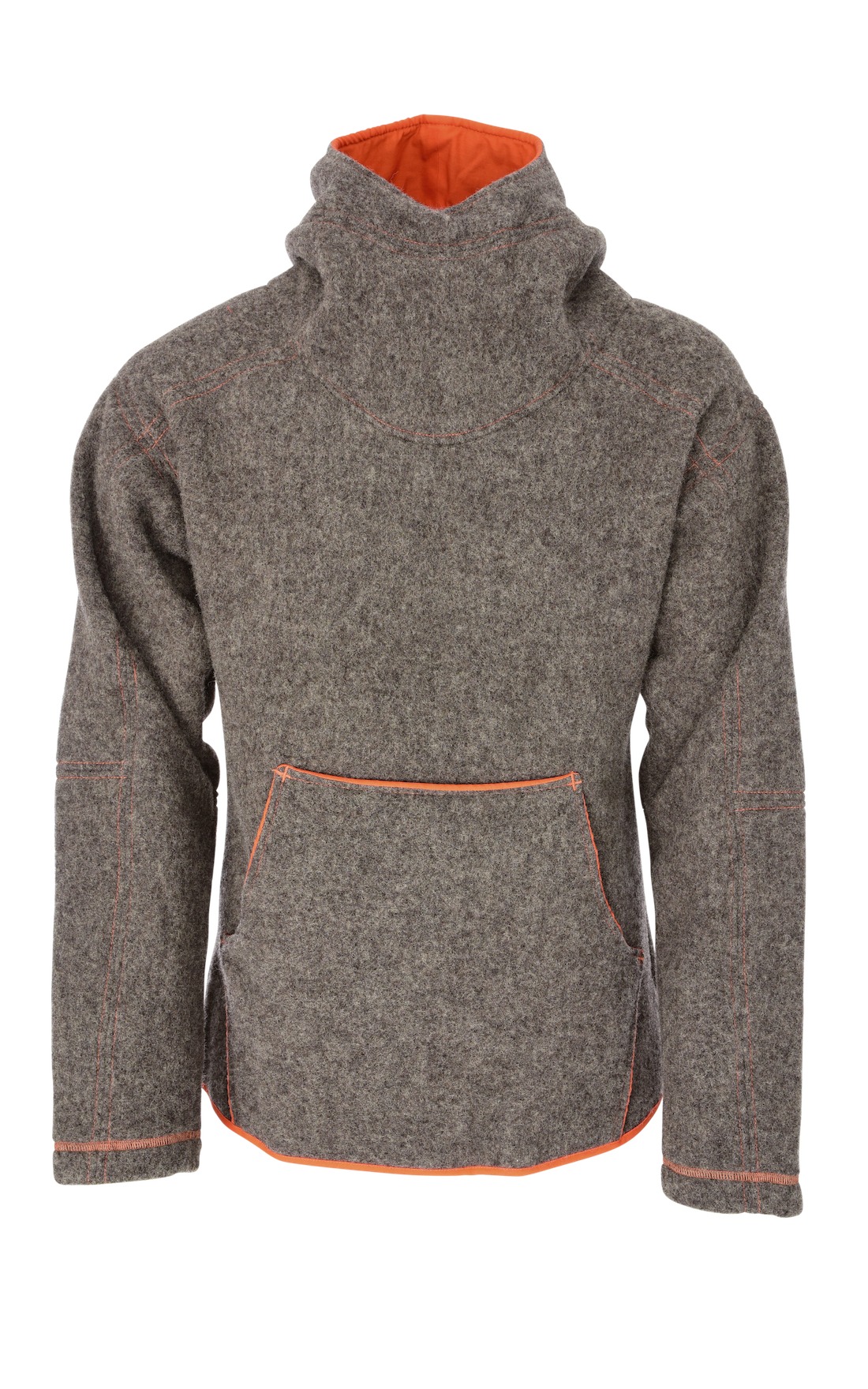
A small start up from the north of the country called Nordwolle turns the wool from local sheperds into high quality garments. The whole production from the shearing to the finished sweaters is entirely conducted in Germany and the garments are then sold through the company‘s website and in markets in the North of the country.
Schaf & Schäfer – Crowdfunding domestically-grown and processed German Merino wool
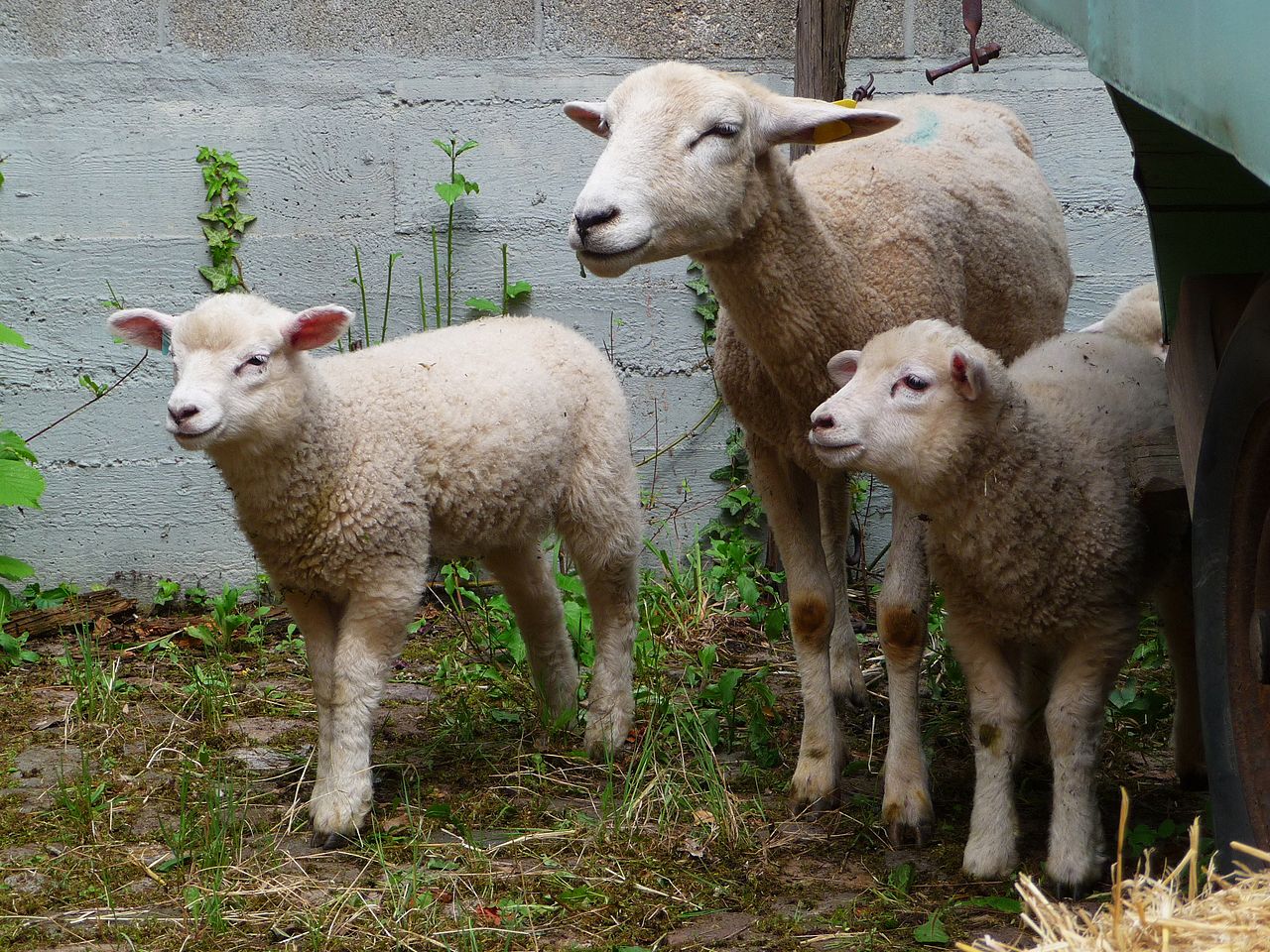
The history of Merino sheep (Merinoschaf) in Germany is illustrious; in the late 1700s, Germans in Saxony created the Saxon Merino breed by cross-breeding imported Spanish Merino sheep with native Saxon sheep. The wool from these animals was amazing – a dense, fine Merino wool from an animal adapted to the local environmental conditions. A Saxon breeding centre was established in 1778, and the breed was further improved there by the centre’s administrator, Johann Gottfried Nake. By 1802, there were four million Saxon Merino sheep in Saxony, and the region was a major centre for stud Merino breeding. German wool was considered to be the finest in the world. However, after the Napoleonic wars, Saxony urgently needed money to rebuild the country and was forced to sell its wonderful sheep. The export ban on living Merinos was lifted and the sheep were exported to Australia, America and Russia… If you fast-forward two hundred years later, most of the merino yarn for sale in Germany now comes from Australia from which it is shipped at great environmental cost and through a difficult-to-identify supply chain. Ultimately, it comes from the flocks developed from those exported two centuries ago, while the wool from the domestic Merinoschaf remaining in Germany is largely treated as a waste product.
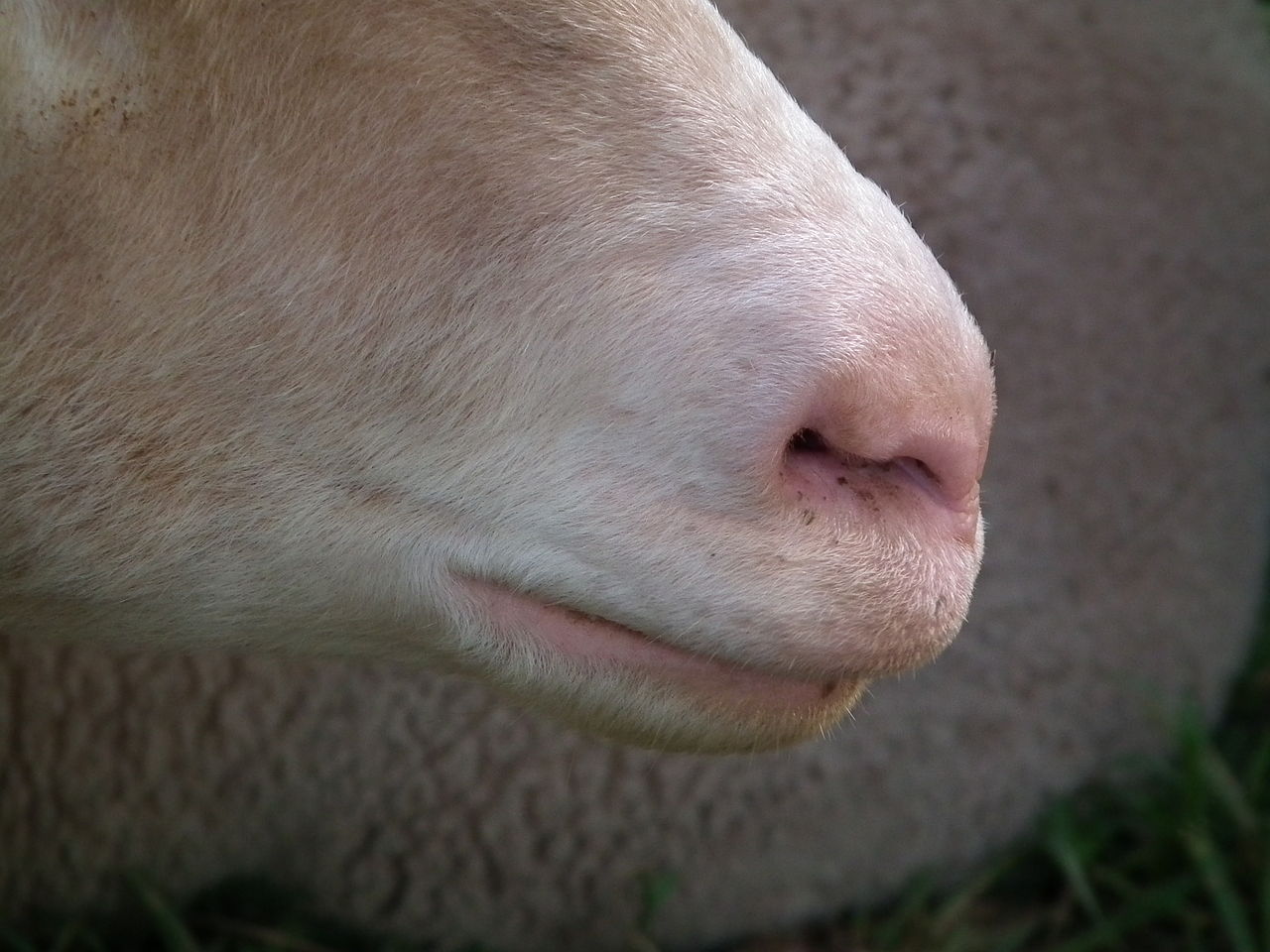
On the 11th June 2016, “Schaf & Schäfer” (Sheep and Shepherd) launched on a German crowdfunding platform to change all this. The crowdfunder began with the aim of raising enough cash to produce a domestic Merino knitting yarn. The campaign had the strapline “because wool is worth more” and an impassioned text of which this is hopefully an acceptable translation:
Did you know that wool is often obtained abroad and in most cases travels thousands kilometers during processing… and that at the same time domestic sheep farms cannot survive? Sheep & Shepherd wants to change this. The use of fair trade merino wool from Germany and local production is the solution to the problem.
The crowdfunding campaign smashed its initial target for €6,000 and instead raised €22,629 towards this worthy initiative and you can now pre-order yarn from their online shop with an estimated delivery time of February 2017. The yarn is grown on sheep farms in Germany; it is scoured at a GOTS-certified facility in Belgium; and then it’s spun and dyed at a spinning mill in Brandenburg. The entire production process is done with strict adherence to European environmental directives, and a direct payment system ensures a decent price for the shepherds whose work lays the foundation for this knitting yarn.
“It’s not just about producing colorful wool. It’s about understanding where the wool comes from and under what circumstances it is produced.”
– Florian Bunke, Founder
Kollektion der Vielfalt – “an initiative for the preservation of endangered domestic animals”.
Finally, when thinking about German wool today, we must talk about Kollektion der Vielfalt. This is an organisation whose key aims are “to market the wool of the individual indigenous breeds threatened with extinction” and who “attach great importance to ecological and regional processing in the manufacture of [their] products, i.e. without exception all the wool products produced are processed or produced exclusively in small farms, mostly family farms, in Germany and Austria”. Kollektion der Vielfalt run a webshop with products from endangered German sheep breeds – many of which you can also read about on the website of the GEH (Die Gesellschaft zur Erhaltung). This is the Society for the Conservation of Old and Endangered Breeds (GEH) and was founded in 1981. On their site you can buy a membership; sponsor your favourite agricultural breed; and learn yet more about German sheep.
We hope you have enjoyed reading about some of the things happening today in Germany to do with sheep and wool and – as ever – please correct us if we have made a mistake and keep telling us about the things happening around the EU and around the world with the peerless textile that is WOOL!

